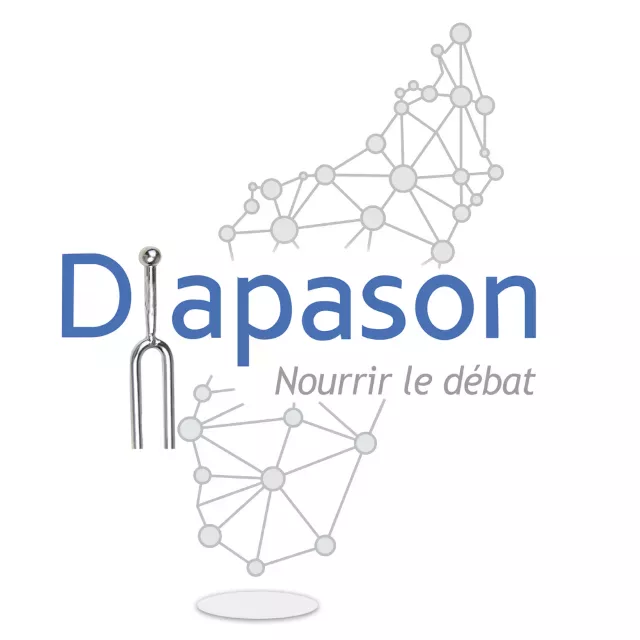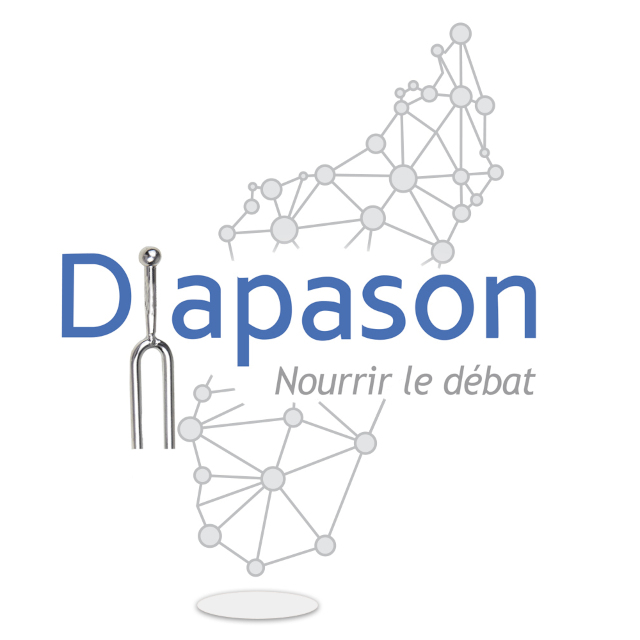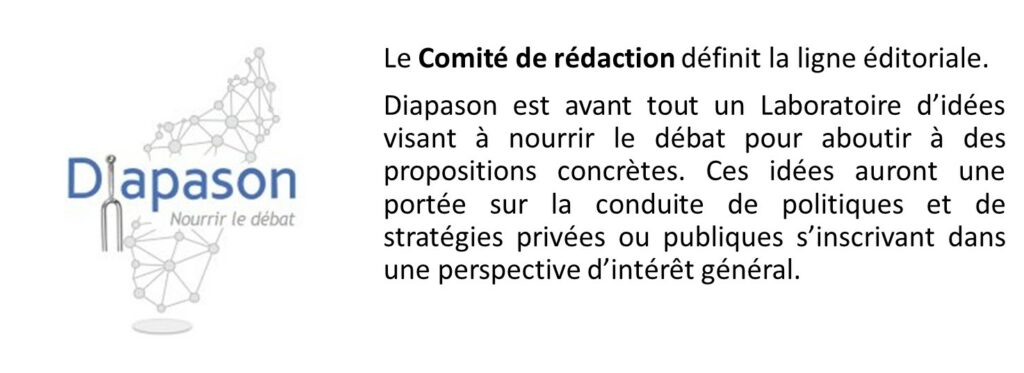A psychological analysis of the political crises in Madagascar (US)
Abstract
In this article, the author compares Madagascar to a child who, over the years, grows and develops as best he can.
The figures are there to mark the stages of country growth with accelerations, bumps and regressions.
The analysis stops at the 53rd year and the graph below brings us back to a « photo » of this evolution, up to 2019.
It’s up to everyone to bring their own reading, but the facts are there and sometimes hurt the eyes.
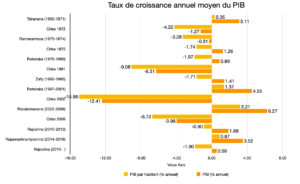
–§–
Written by
Soamiely Andriamananjara
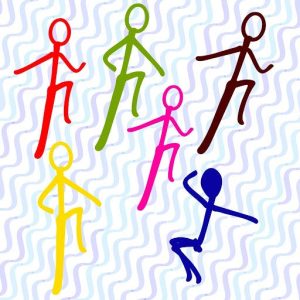 It’s All Part of Growing Up
It’s All Part of Growing Up
Raha zaza no tsy homam-bomanga, mitomboa ho lasa kilonga;
Raha kilonga no tsy hitabataba, mandehana miala sakana;
Raha miala sakana ka tsy hitraotra, milatsaha haingana ho vatombatony;
Raha vatombatony no tsy hikorana, misondrota mba ho herotrerony;
Raha herotrerony no tsy hisarizoro, mijoroa ho olon-dehibe;
Raha olon-dehibe no tsy hitebiteby, mipetraha ho zoki-olona;
Raha zoki-olona no tsy hananatranatra, mivadiha ho isan’ny antitra;
Raha antitra tsy hitafasiry, modia ho lasan-ko razana;
Raha razana ka tsy hitahy, mifohaza hiady vomanga!
Our Malagasy ancestors (as well as psychologists like Sigmund Freud or Erik Erikson) have long understood that to live an emotionally fulfilling life, an individual has to go through a series of social stages. Each stage is characterized by a specific set of challenges, some of which can trigger stressful tensions and sometimes serious crises. If left unresolved, those crises can reappear with a vengeance at later stages of life.
Just like an individual, a country needs to go through a sequence of stages before it fully blossoms into a mature nation — into a great nation. Let us consider the case of Madagascar which has been through several costly political crises over the last 55 years. Observing those crises from a psycho-social angle may seem simplistic and futile, but it is an interesting exercise and can provide useful insights, especially given that most of Madagascar’s problems seems to be driven by a certain lack of maturity.
“Born” on June 26, 1960, the Malagasy Republic had a relatively nice and sheltered childhood. Although it was officially an independent nation, France was still very much involved in most dimensions of its life. The Reny Malala (beloved mother) continued to control large parts of the Malagasy economy and to influence all major policy decisions.
Madagascar encountered its first post-independence identity crisis in 1972. Like most twelve year old pre-adolescents, it had a strong desire for freedom and autonomy. Malagasy people demanded more independence and challenged any form of imperialism. After widespread protests and revolts — which set the economy back by US$87 million — President Tsiranana resigned from office, General Ramanantsoa took over, and ties with France were scaled down.
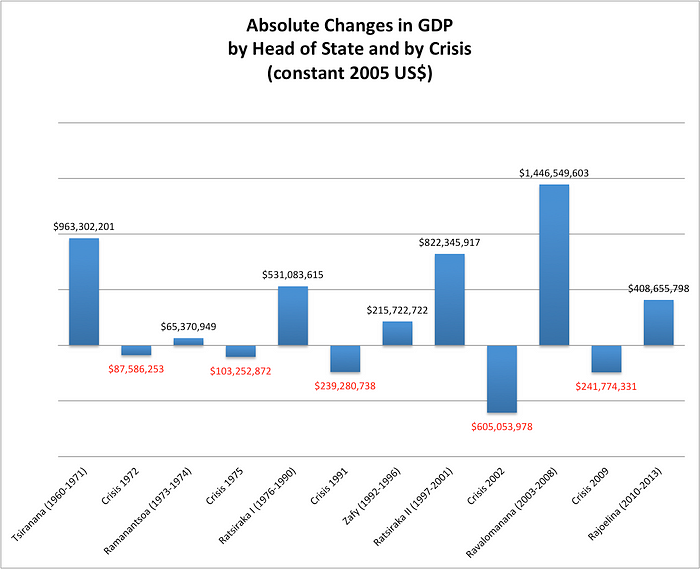
Computed using data from http://databank.worldbank.org
The next crisis occured in 1975. The republic was almost sixteen — an age when confused teenagers become preoccupied with existential questions like “Who am I?” and “What can I be?” For Madagascar, this was a period of self discovery, triggering violent confrontations between different ideological camps. By the end of this transformative identity crisis, General Ramanantsoa stepped down, Colonel Ratsimandrava was assassinated, Commander Ratsiraka took over as the Nation’s leader. This crisis costed US$103 million, but a sense of national identity and common destiny emerged from it: The republic adopted a new name (the “Democratic Republic of Madagascar”) and followed a socialist ideology which would affect the country’s prospects for many years to come.
In 1991, the Republic was 31 year old. This is the age for young adults to make important decisions regarding long-term commitments (“Should I get married?” “Should I marry my girl/boyfriend?” or “Should I start to have babies?”). By then, President Ratsiraka had been in power for more than sixteen years. This longevity caused anxiety, and eventually an intimacy or commitment crisis: Should we stick to this guy? Can we do better than him?Intensive soul-searching, accompanied by lengthy general strikes and protests costing the economy US$239 million, ultimately led to a regime change: Ratsiraka was voted out of office and Professor Zafy became president.
In 2002, the Republic was about to turn 43 — the middle of the adulthood stage for an individual. Someone in that stage often insecurely asks himself: “Can I Make My Life Count?” and “Can I make a difference?” Madagascar had nothing much to show for in terms of accomplishment: GDP per capita was almost half of that of 1960. In an ironic twist of fate, President Ratsiraka was back in charge now after President Zafy got impeached. Though nowhere near its midlife, Madagascar was showing the typical symptoms of a mid-life crisis: people grew increasingly frustrated, stressed and impatient to achieve something meaningful. This impatience was personified by Marc Ravalomanana, a successful businessman known for his fast-pace no-nonsense take-no-prisoner management style. After a lengthy post-electoral standoff that set the economy back a whopping US$605 million, President Ratsiraka was once again kicked out of office, exiled himself in France, and Ravalomanana became president.
The Republic was almost 50 in 2009— a symbolic age when most adults take s stock of their lives, sometimes experiencing frustation or depression because of unrealized goals or unsatisfactory achievements. The realization that “Madagascar has been independent for half a century and it was still among the world’s poorest economies” triggered a second mid-life crisis. In its haste to produce concrete results, the Ravalomanana regime made a number of serious governance faux-pas, which were quickly capitalized by a group of disgruntled politicians, led by the young mayor of Antananarivo, Andry Rajoelina. This opened the door for them to take over: After violent street protests, President Ravalomanana fled to South Africa and Rajoelina was made head of state. For the year 2009, the political turmoil costed US$242 million —Madagascar was subsequently subject to international sanctions and remained isolated until 2014 when Hery Rajaonarimampianina was elected president.
Between 1960 and 2013, Madagascar went through five serious political crises costing an estimated total of US$1.3 billion, a significant chunk of its US$10 billion economy. One reason for the unusually high frequency and costs of the crises is the winner-takes-all attitude of Malagasy polititians, which raises the stakes and causes extreme behaviors and intense bitterness among those that are left out. Another reason is that Malagasy crises are never fully resolved: rancor and resentment just accumulate and are carried over to the next stages. They resurface every time there is a bit of social tension, making the recurrence of crises almost inevitable. While going through crises is a key part of growing up, learning to better resolve them and to reach more definitive closures is an even more important part of blossoming into a great nation.
Lire l’article en PDF : It’s All Part of Growing Up
Lien : ♥
Traduire l’article
